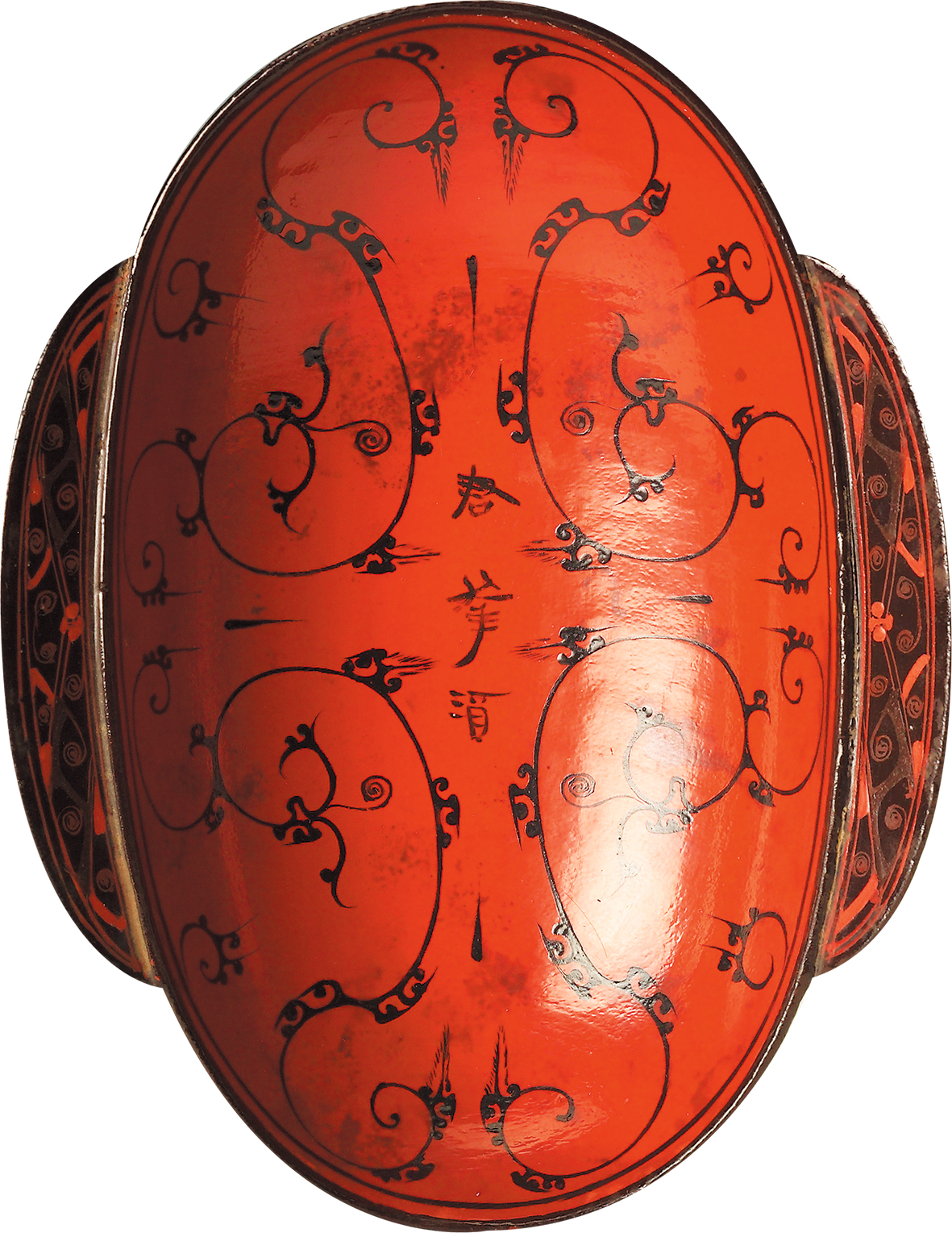

Of the 1,017 lacquerware pieces recovered, 869 are still intact. Of the textiles — mainly silk and hemp — only 212 of the 24,490 pieces unearthed remain intact. There are also 1,430 bamboo and silk manuscripts items, including silk books and paintings, wooden tablets and bamboo slips, the museum said.
More than 300 experts from home and abroad gathered in Changsha, capital of Hunan, during a recent forum to commemorate the 50th anniversary of the discovery.
A set of books detailing the latest academic findings was published during the forum, and the Mawangdui Research Institute was established. Hunan Museum also signed cooperation agreements with six institutions and universities to better use technology in promoting the culture of Mawangdui.
Mao Weiming, governor of Hunan, said that among the discoveries were the world's oldest existing astronomical work, the world's earliest military map, the earliest silk fabric combining printing and painting, and the lightest, thinnest plain gauze single garment in the world.
Currently, more than 4,000 scholars and experts are studying the Mawangdui Han Tombs, and the cumulative number of visitors exceeds 100 million, with average annual visits of over 4 million in recent years, he said at the opening ceremony of the forum.